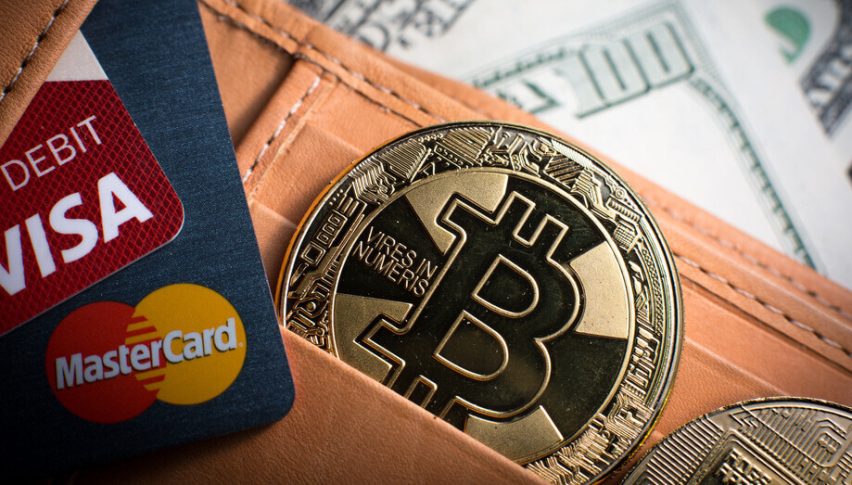Paxos’ $300 Trillion Stablecoin Gaffe
PayPal's blockchain partner, Paxos, encountered a "technical error" on Wednesday that resulted in the creation of $300 trillion worth of PayPal's stablecoin, PYUSD.

Quick overview
- Paxos, PayPal's blockchain partner, experienced a technical error that led to the accidental creation of $300 trillion worth of PYUSD stablecoin.
- The excess PYUSD was quickly identified and burned by Paxos, which confirmed that there was no security lapse and customer funds remain secure.
- PYUSD is designed to be fully backed by U.S. dollar deposits and can be redeemed on a one-to-one basis, but the incident raises questions about the minting process.
- The created amount of PYUSD far exceeds the global money supply, highlighting the impracticality of such a figure in relation to the world's GDP.
PayPal’s blockchain partner, Paxos, encountered a “technical error” on Wednesday that resulted in the creation of $300 trillion worth of PayPal’s stablecoin, PYUSD.

Market observers noticed this massive influx of PYUSD on Etherscan, an Ethereum blockchain analytics platform and block explorer. Paxos quickly identified the error and burned the excess PYUSD, which had been accidentally minted during an internal transfer, according to a statement the company released on social media.
Paxos emphasized, “An internal technical error occurred. There isn’t any security lapse, and customers’ money is secure. We have addressed the underlying issue.”
PYUSD is marketed as a stablecoin fully backed by U.S. dollar deposits, U.S. Treasury bonds, and similar cash equivalents. PayPal asserts that the tokens can always be redeemed for U.S. dollars on a one-to-one basis. However, this technical error highlights that while PayPal and its independent third-party attestation reports ensure the dollar peg, this guarantee is not directly tied to the stablecoin’s minting process.
The $300 trillion in PYUSD would theoretically require more than double the world’s estimated total GDP, suggesting that there are not enough dollars in circulation globally to support such an amount. This situation arose during a period of growing interest in stablecoins, as more banks and payment systems started to adopt them.
- Check out our free forex signals
- Follow the top economic events on FX Leaders economic calendar
- Trade better, discover more Forex Trading Strategies
- Open a FREE Trading Account

